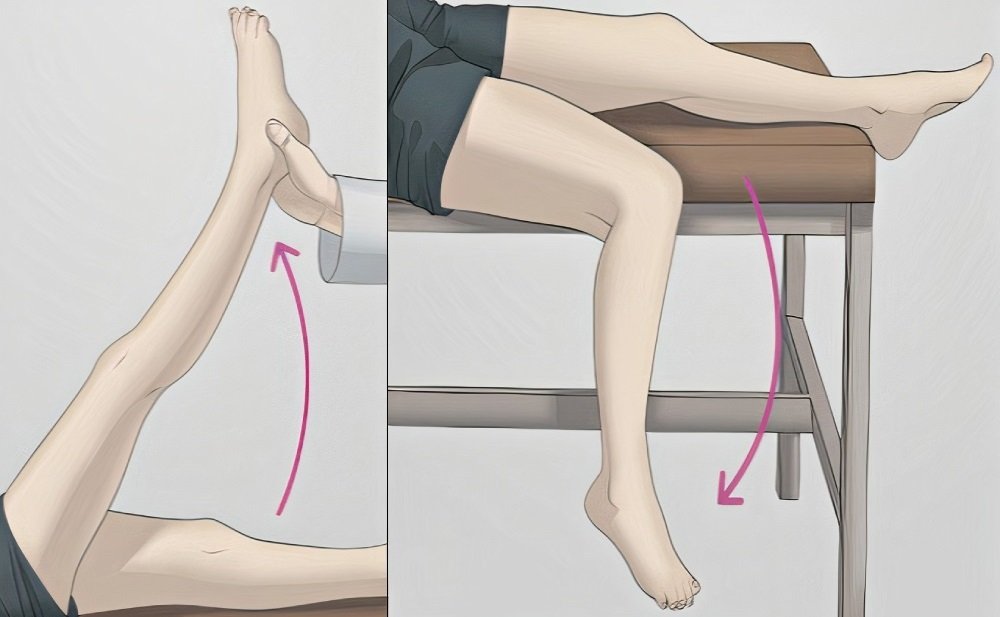2) Buerger’s test

The idea of this test is to see if there is pallor after leg elevation and assess if there is arterial insufficiency. In normal people, the legs remain pink after being raised by 90 degrees (vascular angle). In peripheral vascular disease, the affected leg becomes pale after elevation by 30 degrees for 30 or 60 seconds, and in severe ischemia, it occurs after 15 degrees or less.
Also, during the physical examination, the doctor will check things, such as:
- Muscle wasting
- Compare the affected limb temperature with the other healthy limb
- Hair loss
- Thick and opaque nails
- Examine the sensation in the affected leg to assess if there is tissue loss
After history taking and physical examination, your doctor may require further investigation to confirm his suspicion about peripheral vascular disease. These investigations include:
